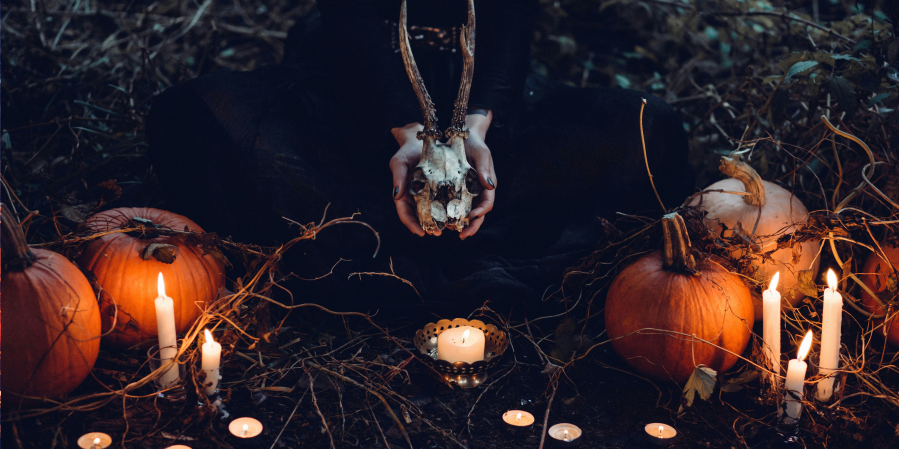

Witchcraft refers to the use of supernatural powers or magic for evil purposes. It often involves rituals, spells, or the intent to harm others, manipulate situations, or invoke negative forces. Historically, witchcraft has been associated with many different cultures and belief systems, and its practitioners may use objects such as candles, herbs, or symbols to accomplish their purposes.
The word and concept of witchcraft is thousands of years old. Ancient civilizations, including the Egyptians, Greeks, and Babylonians, believed in witchcraft as a supernatural force that could be used for both good and evil.
History
The word "magic" comes from the Greek "magia", which refers to practices attributed to Persian priests, called Magi, who were considered wise and powerful individuals with secret knowledge. However, over time, some magical practices became associated with darker purposes, especially in Europe during the Middle Ages when fear of witchcraft and the supernatural led to widespread witch hunts and trials.
The division between "white magic" (considered beneficial) and "black magic" (considered harmful) took root in the Christian era. Belittling or opposing Christian beliefs was labeled heretical or cruel. This distinction led to persecution of those believed to practice witchcraft, contributing to the trials, torture, and execution of alleged witches.
All cultures of witchcraft take many forms, often including spells, rituals, and potions. Common practices associated with witchcraft include:
👽 It is intended to cause harm or misfortune to others, often by invoking evil spirits.
👽 While love spells are associated with white magic, witchcraft variations are more manipulative, seeking to force the emotions or desire of the person against their will.
👽 This is made possible by summoning spirits, especially the dead, to predict the future or gain control over situations.
👽 Such witchcraft is said to take place using wax or clay figures. There are also reports that sometimes called "voodoo dolls" are used to harm the target by proxy.
Black Magic in Various Cultures
In African and Caribbean traditions: practices such as voodoo and santeria sometimes include elements associated with witchcraft. However, these traditions are diverse and often misunderstood; They combine healing, ancestor worship, and religious practices with occasional dark or threatening aspects to outsiders.
In medieval and Renaissance Europe, witchcraft-related practices were often blamed for crop failures, illnesses, or mysterious deaths, leading to widespread persecution and intimidation of people believed to practice witchcraft.
In modern times, witchcraft has become essential in literature, movies, and video games. Books and movies like Harry Potter, The Craft and Hocus Pocus have made magic more mainstream. While these depictions often separate ideas of good (white) and bad (black) magic, they also reflect society's fascination with power, control, and the supernatural.
peroration
Witchcraft is a complex and divisive concept, shaped by centuries of cultural practices, religious beliefs, and social fears. Today, it captures the imagination and inspires debate in societies where belief in the supernatural is still strong and where witchcraft is considered folklore or fantasy.
Whether viewed as a real threat or a symbolic expression of human fear, witchcraft reflects our deepest questions about good and evil, control and freedom, and the mystery of the unknown.
